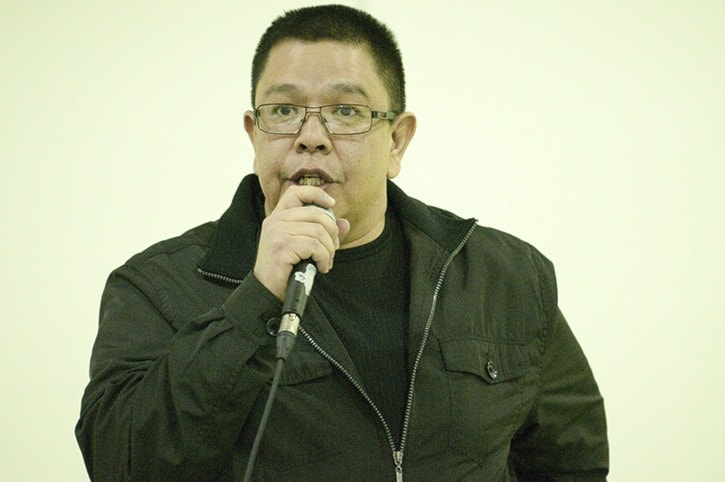The Chief of Tl’azt’en Ralph Pierre, has resigned, effective October 31, 2013.
The verbal resignation was given as a result of 14 months of deliberation, and Pierre said he finally chose to do as his family wished and resign from his role of chief for the first nation.
Pierre has been asked not to speak on behalf of chief and council for the Nation since his resignation.
Tl’azt’en administration did not respond to calls from The Caledonia Courier.
At the Tl’azt’en Annual General Assembly August 13 and 14, a vote took place to remove chief and all councillors, but the result was a tie vote, which meant the motion was defeated.
This vote, however, was not linked to Pierre’s resignation, which he said was solely for personal family reasons.
Pierre’s term would have ended in April 2014, and so it has not yet been decided whether or not the band will hold a by-election or appoint an elected councillor to act as chief until the spring election. A decision on how they will proceed is expected towards the end of September.
Councillor Josh Hallman, an elected Tl’azt’en Band councillor who is also chair of the Binche separation committee, said he and fellow separation committee member and councillor, Gloria Duncan will both also continue to abstain from council meetings in order to protest the lack of progress on Binche separation negotiations.
“Until we know there’s movement, then we’ll go back,” he said.
Hallman did, however, say he was glad the chief and council would remain in place for now in order to provide continuity in the work which has been going on and also in terms of the separation negotiations.
Hallman was meeting with Pierre last week for further discussions on the matter.
He said rumours and misinformation on the separation were distracting from the separation process, because people believed the desire to separate was only coming from Hallman himself.
“This is coming from the people,” he said. “People need to realize that we just want to go back to those original ways.” Hallman referred to a treaty signed by the chiefs of Nak’azdli, Binche and Tachie in 1910 which he said shows Binche was recognized as an independent nation even then.
Aboriginal Affairs and Northern Development Canada (AANDC) said their role in the separation process is an advisory one.
“The process for Band division can be complex and lengthy depending on internal negotiations requiring the community to reach an agreement-in-principle,” said Jehan Casey, a communications person for AANDC, in an email last week.
Casey also said Tl’azt’en Nation advised AANDC in May of 2011 they had begun negotiations to divide the band.
“Our government is committed to maintaining access to essential programs and services to the community throughout this process,” he said.
